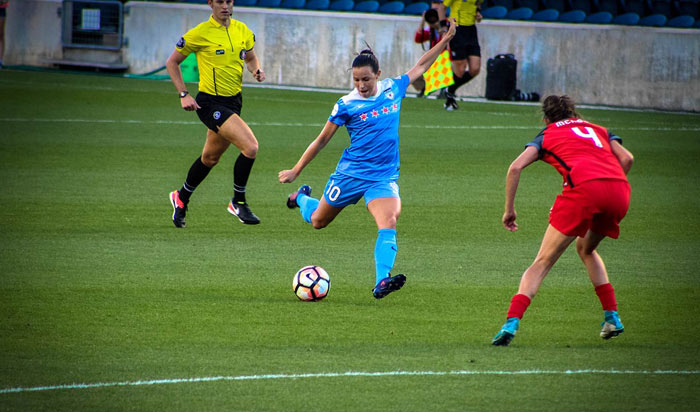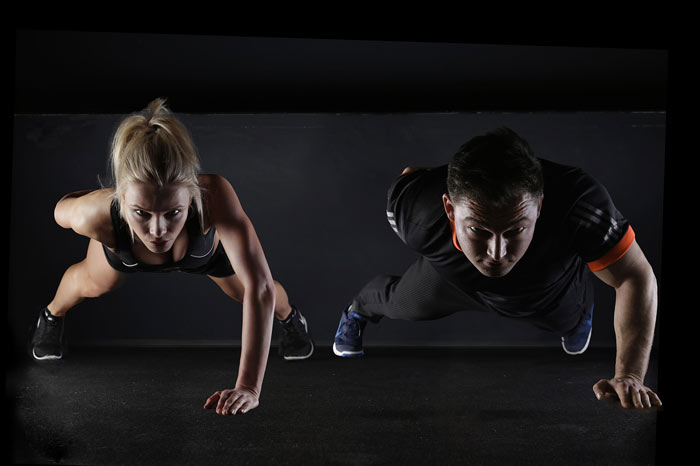Female high school basketball players are permanently sidelined by knee injuries more often than any other injury. In fact, it is likely that boys suffer anterior cruciate ligament (ACL) injury by four to six times more. Each year in the US, a lot of female athletes mostly while playing soccer and basketball, experience serious ACL injuries. Studies show that training and physical therapy can reduce this number significantly.

Soccer, Basketball, and Volleyball
Any sport that requires young women to cut, plant, and rapidly change direction increases the risk of injury. These type of movements are more common in sports like soccer, volleyball, skiing, and lacrosse than in forward-motion sports like swimming, running, and biking.
Most injuries are non-contact
Volleyball carries the same high risk for injury, even though it’s not a contact sport like soccer or basketball. That’s because most ACL injuries occur from a sudden change in direction, landing from a jump, or rapid deceleration, not from direct contact with another player. The ACL is at greatest risk of injury because it stabilizes the knee during these movements.
Anatomy differences account for the increased risk
Women generally have wider pelvic bones and hips than men. The wider pelvic girdle requires the thigh bone to angle in slightly to meet the knee. This puts more pressure on the ACL and can cause it to tear more easily. Women also tend to have a smaller ACL and more flexible ligaments in general than men’s, so the joint isn’t as stable when landing from those identified risky movements.
Prevent injury and enhance performance
 Female athletes of all ages can reduce their injury risk by learning to avoid the risky movements and boosting their balance, power, and agility. Experts developed a program of stretches and exercises with a track record of reducing the risk of ACL injury of participants by 88% in the first year. Attentive coaching directed at educating athletes while simultaneously incorporating a strength training program can address landing as well as foot movements. Combining the education program with strength training, movement coaching, and a specific program of stretches and exercises will keep athletes on the court.
Female athletes of all ages can reduce their injury risk by learning to avoid the risky movements and boosting their balance, power, and agility. Experts developed a program of stretches and exercises with a track record of reducing the risk of ACL injury of participants by 88% in the first year. Attentive coaching directed at educating athletes while simultaneously incorporating a strength training program can address landing as well as foot movements. Combining the education program with strength training, movement coaching, and a specific program of stretches and exercises will keep athletes on the court.
Physical therapy can mitigate risk
If coaches are unable to stop athletes from demonstrating high-risk movements like one-leg landings, out-of-control baseline landings, or straight-leg landings, it’s time to refer the athlete to physical therapy. There may be underlying muscle weakness or injury contributing to the movement pattern. Physical Therapists can monitor the range of motion, time the muscular reaction, and prepare a series of exercises to limit the risky movements.
Conclusion
Female high school athletes suffer knee injuries at an alarming rate, but education, coaching, and fixing movement patterns can reduce the chances of sitting on the bench. High school coaches in sports that require cutting, planting, and rapid direction changes need to include a proven prevention program to lower the risk of ACL injury. Some athletes will need physical therapy to discontinue risky moves which might cause significant time away from training and competition.










